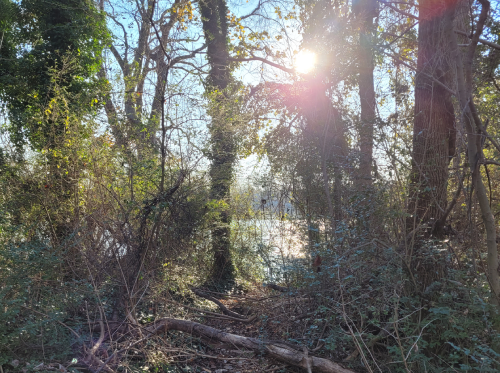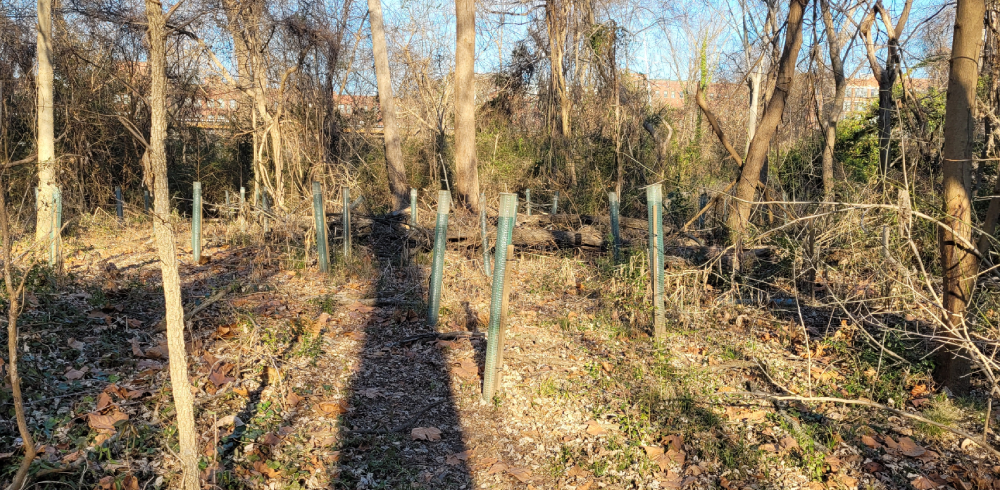What I did and how you can help too!
My name is Jacob Baker. Currently, I am a student at Randolph-Macon College. This January, I had the opportunity to intern with the James River Association (JRA). I had such a good time working with JRA because I was able to take part in a variety of activities. I wanted to write about three specific experiences I had during my internship to give people an understanding of what it’s like to work for this organization, as well as provide inspiration for those interested in volunteering for JRA to make a difference for our river.

First, I helped with invasive plant management. I met with JRA’s Riparian Stewardship Coordinator, Joey Shelton, and two other volunteers at Chapel Island, a relatively small island in the James River that sits directly in the middle of Richmond. We targeted two veracious species in particular to remove: English Ivy and Japanese Honeysuckle. English Ivy crawls up the sides of trees and, in the winter when the tree is covered in snow, adds too much extra weight and causes the tree to collapse. Japanese Honeysuckle, while very pretty, is too competitive, and strangles out every other plant in its vicinity, breeding ecologically unhealthy monocultures. Our group spent around three hours on the island, hacking and slashing our way through the invasive species while being careful to not harm the infant trees that JRA and other groups have recently planted in the area. Though we made a lot of progress, there are still many invasives covering the island. Despite this, the work was very rewarding. It was nice to get out of the house, while at the same time doing something good for my local environment. It also enabled me to find a new hiking location with amazing views! If you’d like to volunteer in a similar manner, click here. If you want to volunteer for activities at JRA more generally, click here.
Another way I helped JRA was through their RiverRep program. This program trains and keeps members in the loop regarding the James and environmental politics and policy. Through this program, I sent several letters to state representatives urging them to support different bills that would help to fund clean water initiatives. These have ranged from a recovery plan for the American shad (a highly threatened fish native to the James) to the funds needed to prevent sewer overflows in Richmond so that wastewater does not drain directly into the river. I got a response from one of my representatives, who agreed with me that preserving the health of our natural environment was important and said that he’d consider my concerns moving forward. Work like this doesn’t take up much of your time and it can actually have a huge impact on our environment. If you want to learn more about this program and get involved, click here.
Finally, I’d like to highlight environmental education at JRA, and the importance of teaching children about the environment. This kind of work fosters interest, knowledge, and love for the natural world. I had the opportunity to attend an education session held for Newport News students, which covered local historical and environmental learning. I found the lesson very engaging and even learned some things myself. It is important to note that this meeting was conducted jointly between JRA and NPS Chesapeake, who taught about the history of African Americans in Hampton Roads. JRA talked about the importance of oysters, both through the ecological niche they fill as well as the historic and economic role they play in the area. I think that teaching kids about these subjects is so important because it connects them more to the land they live on, both holistically and ecologically. To find out more about JRA’s education programs click here.

